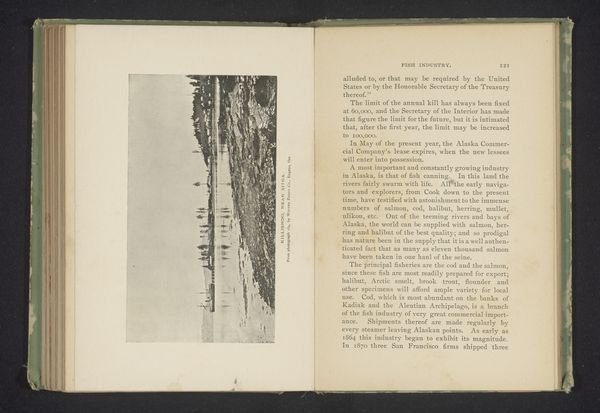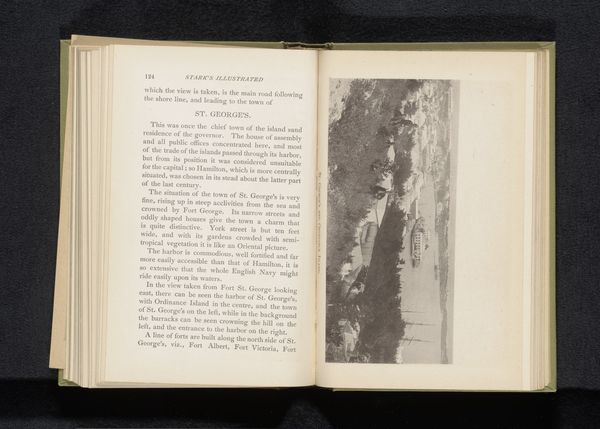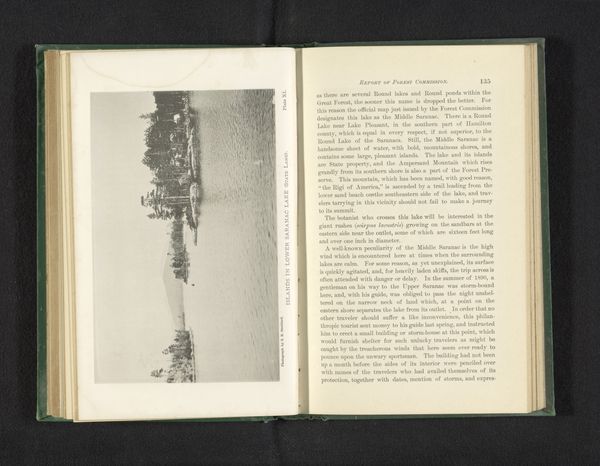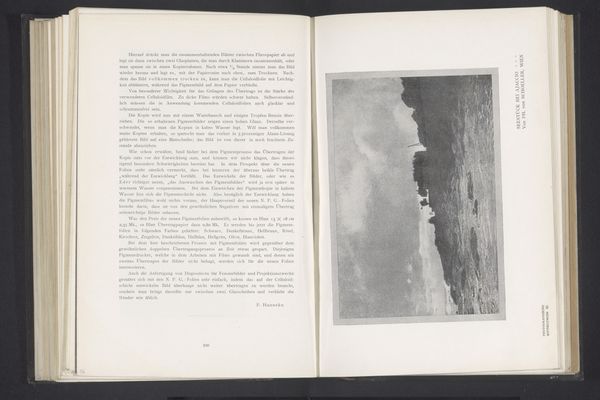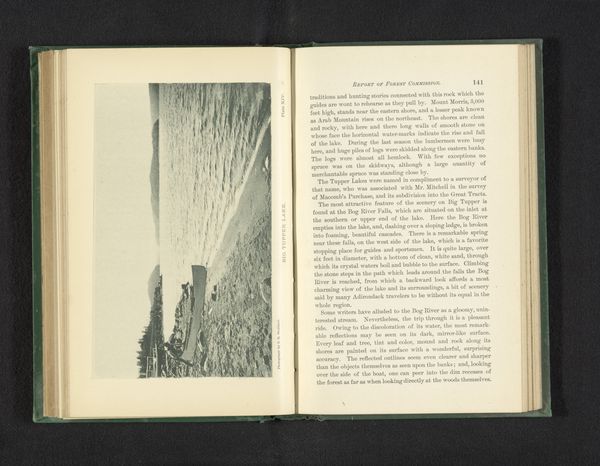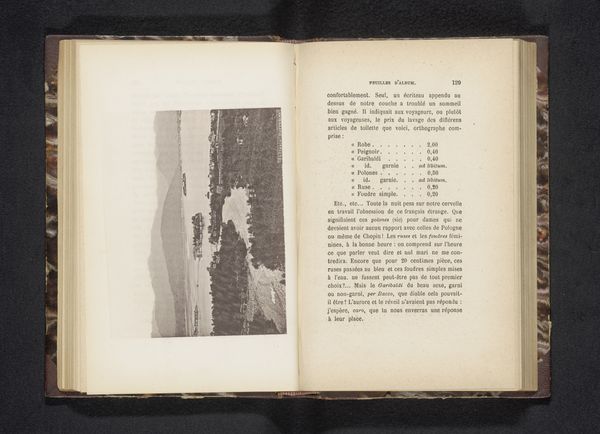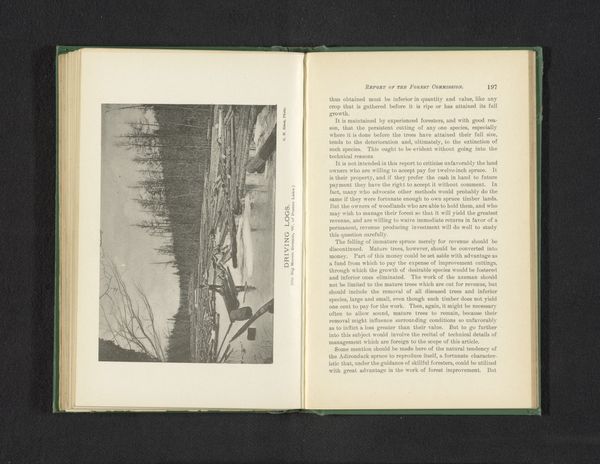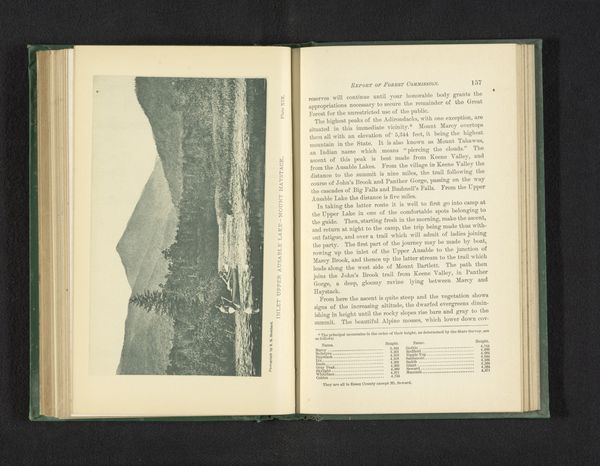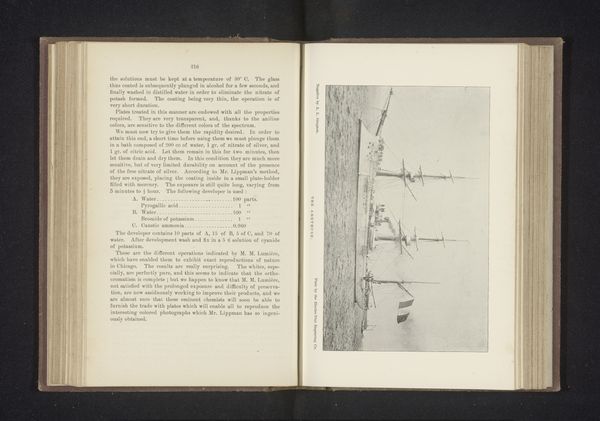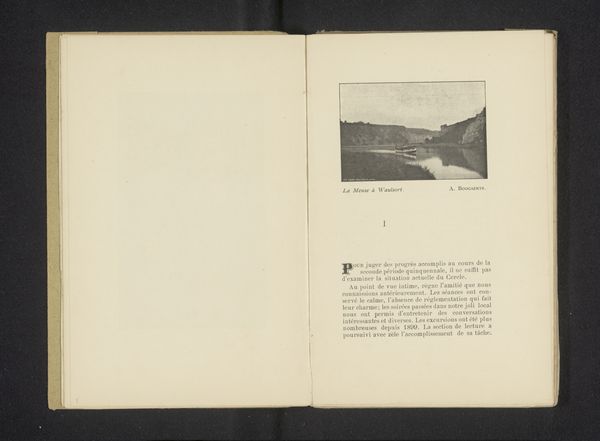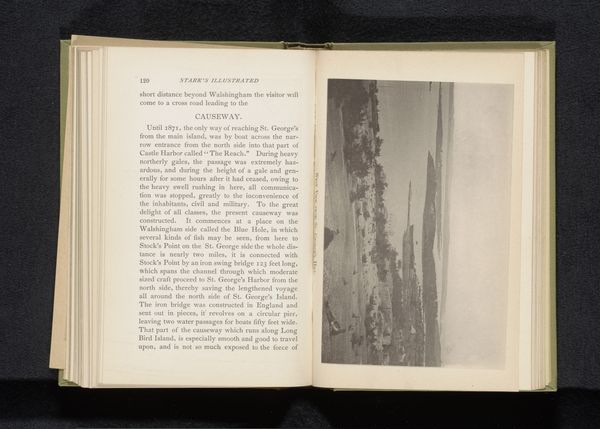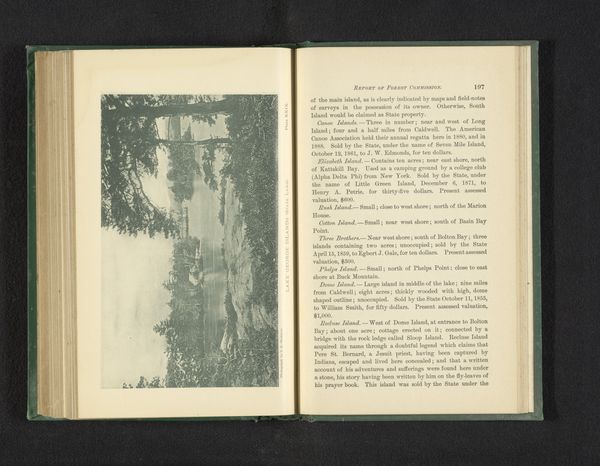
print, photography
# print
#
landscape
#
photography
#
realism
Dimensions: height 113 mm, width 178 mm
Copyright: Rijks Museum: Open Domain
Curator: We’re looking at "View of meadows on Neponset River," a photographic print attributed to an anonymous artist, possibly around 1895. Editor: It strikes me immediately as stark. The almost monochromatic tones create a rather somber mood. I’m intrigued by the verticality; it almost divides the world in two. Curator: Indeed. It’s a landscape, yet there’s an unconventional composition. The mirrored effect created by the water dominates, emphasizing reflection and perhaps even questioning the reality of the scene. The tones evoke the way the landscape was industrialized along the Neponset at this time. Editor: It reminds me of similar depictions from the same time showing rural communities whose waterways were affected by burgeoning industry and lack of environmental regulations. It's interesting how this photograph subtly speaks to that struggle; what choices are being made when some gain at the expense of all others' basic necessities. Curator: Absolutely. Looking closer, one sees that the stark contrast highlights the industrial activity taking place in and along the meadows—the unnatural straight edges where the river has been modified and diverted and also how pollutants may cloud our vision of reality. This photographic medium captured details perhaps lost to memory or actively ignored by observers. Editor: It's a poignant image of a landscape in flux, both naturally and politically. The meadows as both place and resource—subject to various interests—and yet, somehow managing to retain a semblance of its former self. The choice to photograph such a scene in this period seems to imply a great environmental anxiety. Curator: And on a formal level, that anxiety finds an outlet. Note how the eye is drawn, simultaneously, to a peaceful mirroring and a stark representation of modification, revealing the tensions inherent in industrial progress. Editor: This piece compels us to contemplate the interplay between environmental action, history, representation, and what can still be saved.
Comments
No comments
Be the first to comment and join the conversation on the ultimate creative platform.
